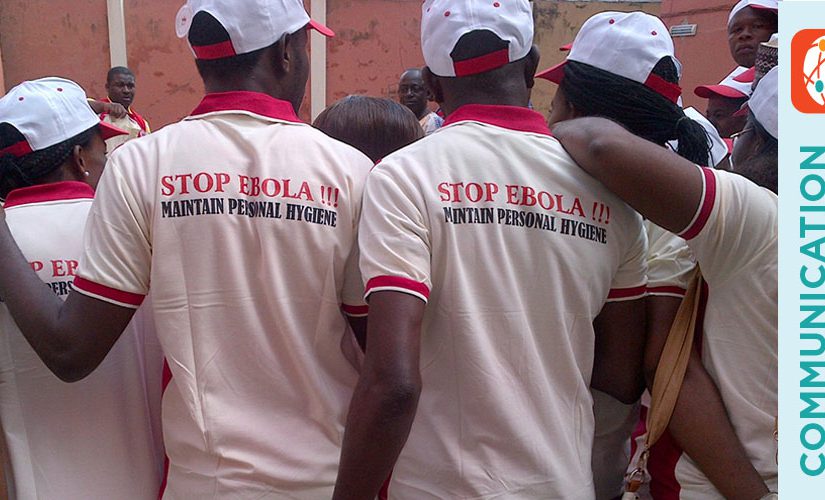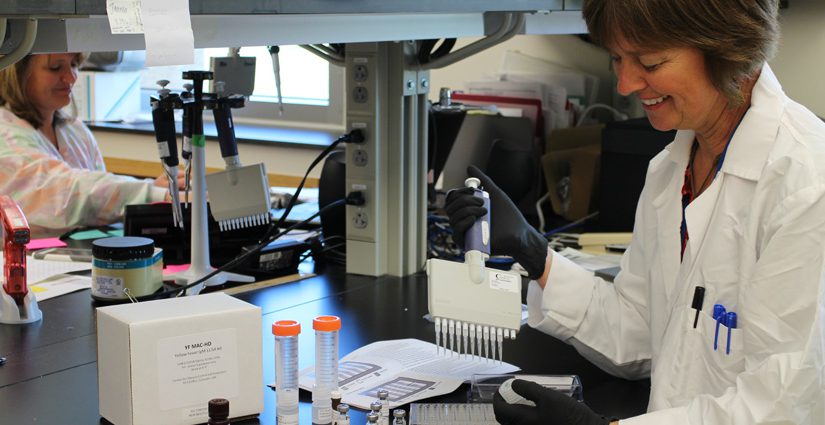Category: Zika
Responding to Emerging and Zoonotic Infectious Disease Threats in 2017

The fungal superbug Candida auris causes serious and often fatal infections. It can strike people in the places where they seek care—hospitals and other healthcare facilities. In early 2016, we knew about outbreaks of C. auris infections on multiple continents, but we were not sure whether C. auris was in the United States. Fast forward Read More >
Posted on by 3 CommentsEvaluating Communication Campaigns

Health communication and marketing campaigns that promote positive behavior change are a cornerstone of public health and behavioral science. Designing and implementing quality campaigns on a tight budget and in an urgent timeframe is a challenge that most health communication professionals share. Research and evaluation are critical for a successful campaign. CDC is using leading research and Read More >
Posted on by 11 CommentsResponding to Emergencies One Behavior at a Time

To improve the health and safety of people in the United States and around the world, we have to influence and change behaviors. It can be difficult to try new things, or stop old things as behaviors range from simple to complex, but one way to consider behavior change is to think of any change Read More >
Posted on by 11 CommentsBattling Biting Mosquitoes and Jumping Genes in 2016

Last year, an expert from the CDC National Center for Emerging and Zoonotic Diseases (NCEZID) found himself in an unlikely position: guest starring on a popular Navajo language radio program to field questions about hantavirus infection. Hantavirus is caused by contact with mouse droppings and can sometimes be fatal. This is just one example of Read More >
Posted on by 1 Comment10 Ways CDC Gets Ready For Emergencies

One of the best parts of my job is the opportunity to learn from a wide range of experiences. We have an obligation to not only respond to emergencies today, but to prepare for tomorrow by learning from the past. Our work extends to households affected by disease, communities ravaged by disasters, and U.S. territories Read More >
Posted on by 1 CommentLooking Back: 5 Big Lessons from 2016

CDC is always there – before, during, and after emergencies – and 2016 was no exception. Through it all, we’ve brought you the best and latest science-based information on being prepared and staying safe. Here’s a look back at 5 big lessons from a very eventful year. Follow the links to discover the full stories! Read More >
Posted on by 2 Comments
